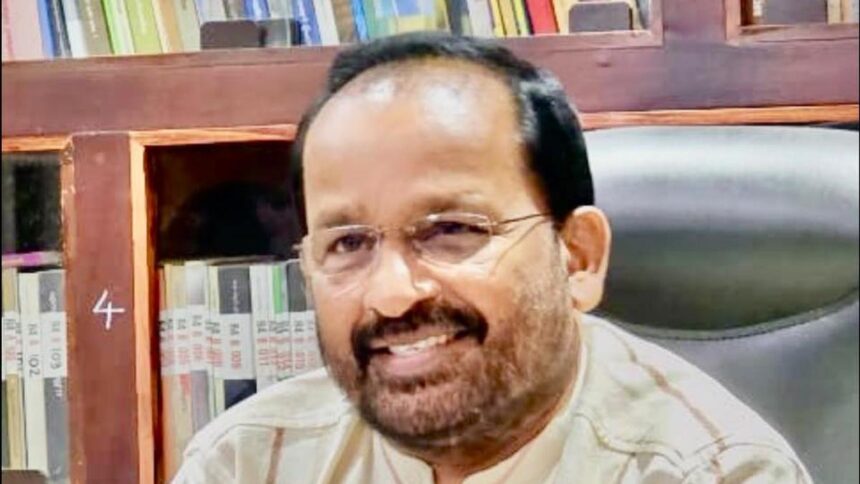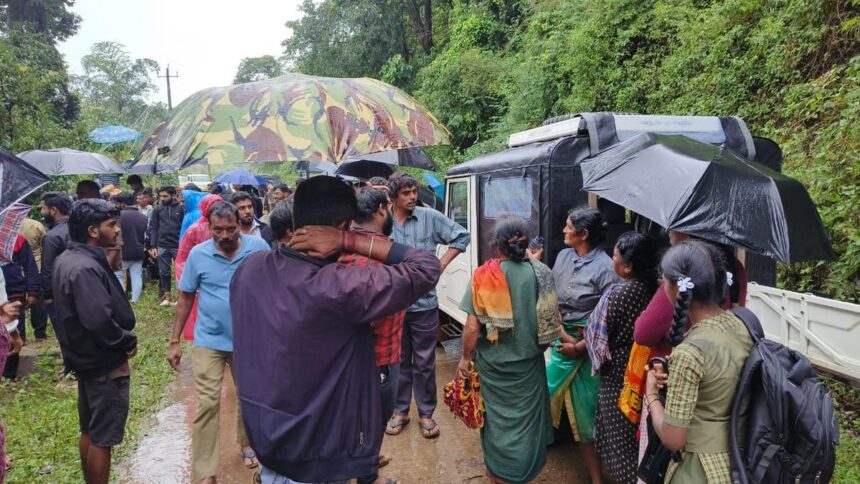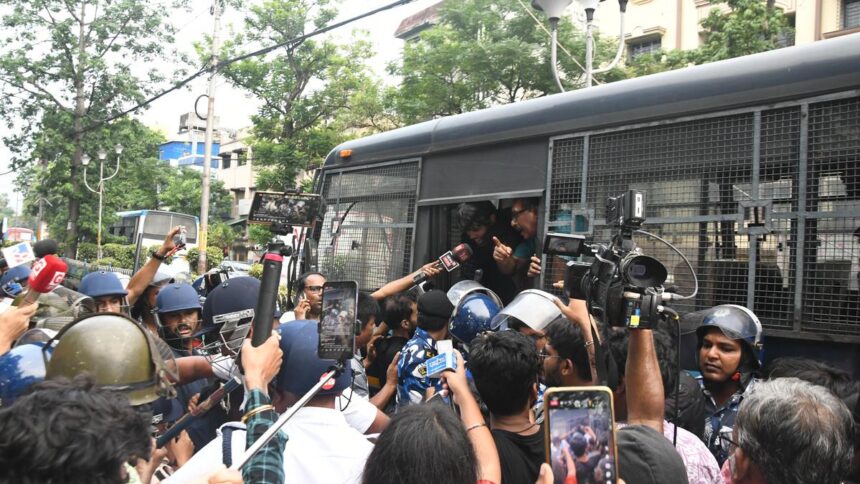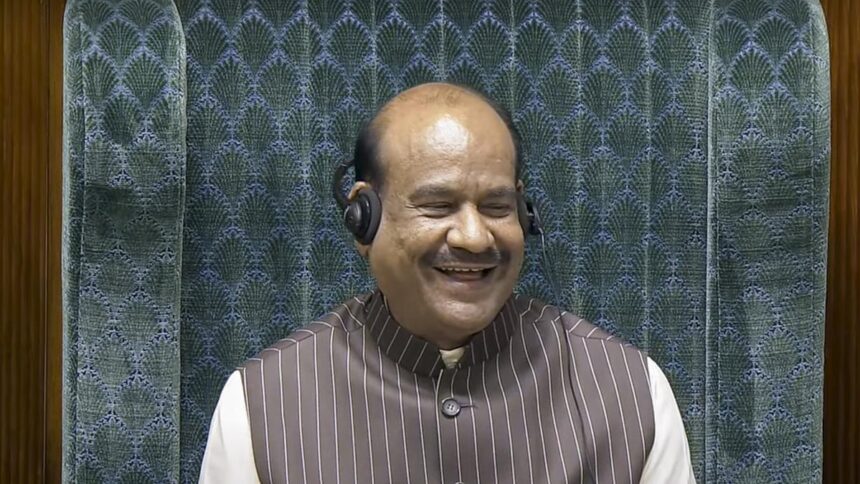78 Years of Freedom
Pointing to the monkey frolicking outside his room, V. Kamakoti, Director, IIT-Madras, said even the monkey in IIT wants to learn only Machine Learning. His observation may point to where Indian higher education is poised nearly eight decades after Independence.
In India today, a bunch of top-level and highly acclaimed institutions produce brilliant and well-equipped minds eager to delve into the latest. But after the so-called Tier 1 institutions, there is a steep fall in quality in Tier 2 and 3 — the vast majority of India’s engineering institutions catering to lakhs of students who might be as eager as the IITians to learn cutting-edge concepts but are just not up to the mark.
For instance, V. Madhosh Kumar is a rideshare cab driver in Chennai. He says this is a temporary job that will help him find his bearings in Chennai. He has an engineering degree in AI and ML from a college near Coimbatore. Madhosh wanted to know if doing a course on network security would boost his job prospects that appeared nil. “My professors had little clue and much of what we students learned was self-learning,” he said, adding recruiters don’t seem interested in him.
Madhosh did have a LinkedIn profile but it indicated little engagement with companies that may be interested to employ him. He said he did upload his college project on GitHub but it had been downloaded only once. Madhosh was clearly not employable.
The situation in engineering may apply to other streams as well — a few elite institutions and then an abyss in quality.
Poor quality is endemic across India’s education — basic and higher. And it’s only now that it has caught the attention and getting the focus it has always deserved from policymakers.
Some 15 years ago, the Annual Status of Education Reports (ASER) were received with deathly silence, especially on the part of the government. These reports showed that by Class 6, the average student’s literacy and math skills are likely that of a Class 3 student. When he is leaving middle school, the average student is likely at the level of Class 6.
In 2009-10, students from two of India’s most educationally advanced States, Tamil and Himachal Pradesh, participated in the Programme for International Student Assessment conducted by the Organisation for Economic Cooperation and Development. Kyrgyzstan was the only country that ranked lower than India.
Across India, postgraduates struggle to write a three-sentence paragraph in any language. Many get cheated on the interest they need to pay on loans they have taken because they just don’t know the math. In the book India Is Broken, Ashoka Mody writes about how, unlike in Japan, Jawaharlal Nehru’s programme for boosting farm productivity failed. His land reforms weren’t implemented properly with the average farmer having little long-term stake in the farms. Further, India’s farmers were not literate and aware enough to make use of agriculture extension services.
Sub-opitmal delivery
As ASER reports kept coming, after a point, governments were forced to take notice. Their schools were just not performing. In a report, NITI Aayog notes that quality deficiency in Indian school education is caused by sub-optimal delivery structures (sub-scale schools, large scale teacher vacancies), and weak organisation structures, governance, and limited accountability (poorly defined organisational structure, ineffective systems, process and accountability).
Change has to happen in all three areas. “For change to scale across the State and to sustain, it is essential to anchor it within the State and not have it led from outside,” the study notes.

India Is Broken talks about how India’s planners, right from Independence, just did not pay attention to the quality of education delivered by government primary schools even as they were setting up the high performing higher education institutions. And that told on the literacy and math skills of the average Indian.
Well into the 1990s, Mody says, as India achieved near-universal enrolment in primary schools, the problem of quality couldn’t be wished away. The RTE Act played a role in creating the basic infrastructure, even if the implementation was patchy.
And the NEP 2020, for the first time in a government document, acknowledges the severe deficiency in Foundational Literacy and Numeracy, says Balaji Sampath, education activist who has helped to conduct the ASER surveys.
Now there is a consensus across India regarding quality of education after the dots have been connected. Poor quality of basic and higher education leads to deficiency in labour productivity — India’s labour productivity is 20% of Malaysia’s. And poor labour productivity is among the key contributors to why India just doesn’t seem to be reaping the demographic dividend that it deserves.
Meanwhile, with the IT boom, engineered outside of government planning and intent, the opening up of the economy expanded the service sector spearheaded by IT growth. Now, India hopes that a consequence of this growth will help India go back and complete the circle — high technology as a low-cost solution to the problem of quality. A typically Indian jugaad for fixing a chronic problem.
The NEP 2020 does talk about tech and its facilitators such as the concept of self-learning. Mr. Kamakoti of IIT-Madras sees it as a question of reaching the best learning resources to every student in villages and cities through technology. “It’s natural that very accomplished teachers may not be willing to go to villages. The number of teachers available to take up jobs is limited,” he says.
He cites the Swayam platform of video classes helmed by IIT professors to emphasize how video can reach quality learning resources over Internet. He talks about interesting translation projects driven by AI that will translate the content to more than 20 languages. “There are tools to make the sessions more interesting. Animation, virtual reality can help explain subtle, detailed concepts in an intricate manner,” says Mr. Kamakoti who sees the quality problem as essentially the problem of not having enough skilled, high quality teachers as well as learning resources.
“Today, the entire school chemistry lab can be done through Google. All of Class 10 experiments can be done through Google and tests conducted using virtual reality,” he says, adding that scaling up such initiatives is the way to go.

Video learning is far superior to conventional classroom learning from just the teacher, says Marmar Mukhopadhyay, education management expert. He recalls an experiment he did in Gujarat where he made a video with still photographs and voiceover on the Gujarat earthquake. He did three types of sessions: in one the teacher played the video from beginning to end; in the second the teacher operated the controls as asked by students; and in the third the videos were given to the students. Learners were asked to write interpretative essays on earthquakes in Japan and the experience of the students’ elders with earthquakes. He says the students who were given the videos did best in the assessment and all students scored nearly 80%.
Marmar looks at AI as changing the role of the teacher from instructor to facilitator of self-learning, largely. Learning to learn is more important than the learning itself, he says, adding the teacher’s job is to create learning opportunities.
Choosing the right tech
But does tech deliver? Rukmini Banerjii, CEO of Pratham Education Foundation that conducts the ASER surveys, emphasises the importance of field studies and randomised control trials to asses which types of tech can deliver and to what extent.
Meanwhile, Sweden had a blowback when the new Conservative government in 2023 sought to roll back digitisation of education programme of the previous government. Swedish neuro-researchers published many papers discussing the negative impact of screentime, fall in socialising among teens, etc. This came after nearly 15 years of digital-first approach to education. “The reliance on digital tools has led to a lack of critical thinking and overconfidence in online sources,” said Sweden’s Minister of Education, Lotta Edholm. The Swedish government has sought to go back to providing printed textbooks to all students for all subjects and in-person classes.
Research has indeed shown that students retain more information from print. The sensory experience of flipping through the pages and the absence of distractions does seem to facilitate deep understanding. Yet, while Sweden may be spoiled for choices, India’s needs are dire in a resource-starved environment.
Several studies by The Abdul Latif Jameel Poverty Action Lab (J-PAL), however, bear out the benefits of use of tech. For instance, one study relying on evidence from 126 randomized evaluations shows that educational software that helps students learn at their own pace deliver. Technology nudges such as message reminders work. Combining in-person and online can work although students in in-person-only courses perform better than those in online-only courses.
A targeted, phone-tutoring programme to improve Math by J-PAL South Asia, along with NGOs Youth Impact and Alokit, is being implemented in Karnataka by the government. The programme had been validated in Botswana. The target is to reach more than 4.5 lakh students between grades 3 and 5. For more than a decade now, various States have sought to leverage tech to improve education reach and quality with mixed results.
Experts say that AI’s ability to personalisze learning could help fix a uniquely Indian problem — teachers are far too burdened with teaching an array of things and concepts, cover the portions, rather, as well as with administrative work. They simply cannot ensure every student has grasped the fundamentals. With student-teacher ratios still a challenge, personal care continues to suffer that AI can execute at low-cost. Mr. Kamakoti notes that the planned Center of Excellence in AI coming under the Ministry of Education can help draw up a nationwide roadmap on AI use.

Primary students can submit their worksheets for Language and Math practice every day across the year to an AI System for auto-evaluation to provide teachers and parents with learner data analysis and deliver a personalised practice work that progressively is personalised to the individual learner’s skill situation, says Bhanu Potta, EdTech expert focused on social investments and achieving sustainable development goals.
Such AI-supported use cases can be built and deployed at large-scale for millions of learners, at a fiscal allocation of Rs. 1,000 per year or less considering the running costs and upfront costs amortised for five years when built on sovereign models, he adds.
Viplav Baxi, an education professional with over 30 years of experience in education-technology, says experience has shown that our top-down “educratic” systems across the world have created similar challenges for teachers. Teachers are our force multiplier and it’s time to blend approaches that celebrate and encourage local scale autonomy. “We must provide them all the necessary resources and tools to help them become more effective and efficient,” he says, adding teachers are indispensable and they provide the last mile delivery.



















